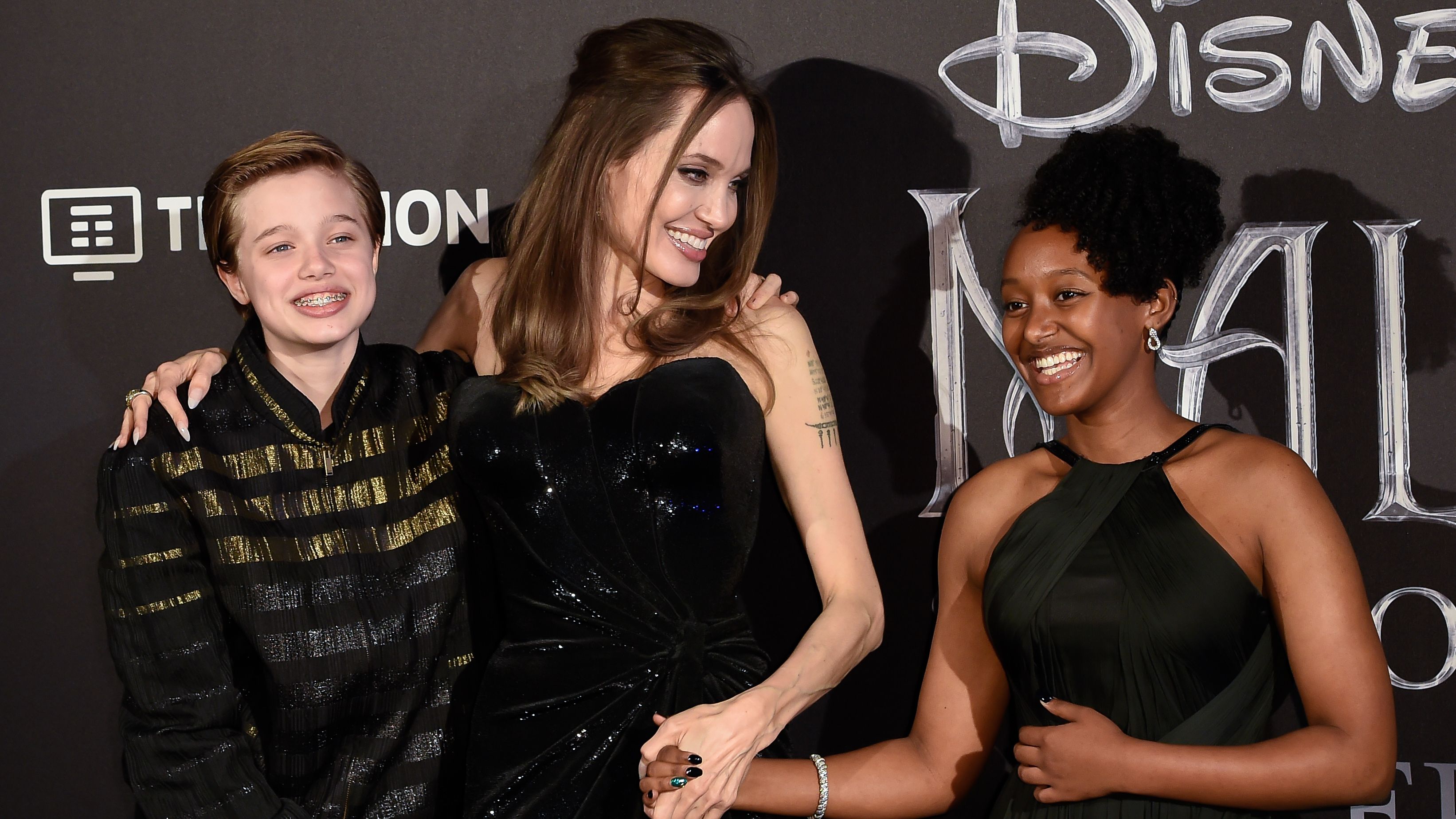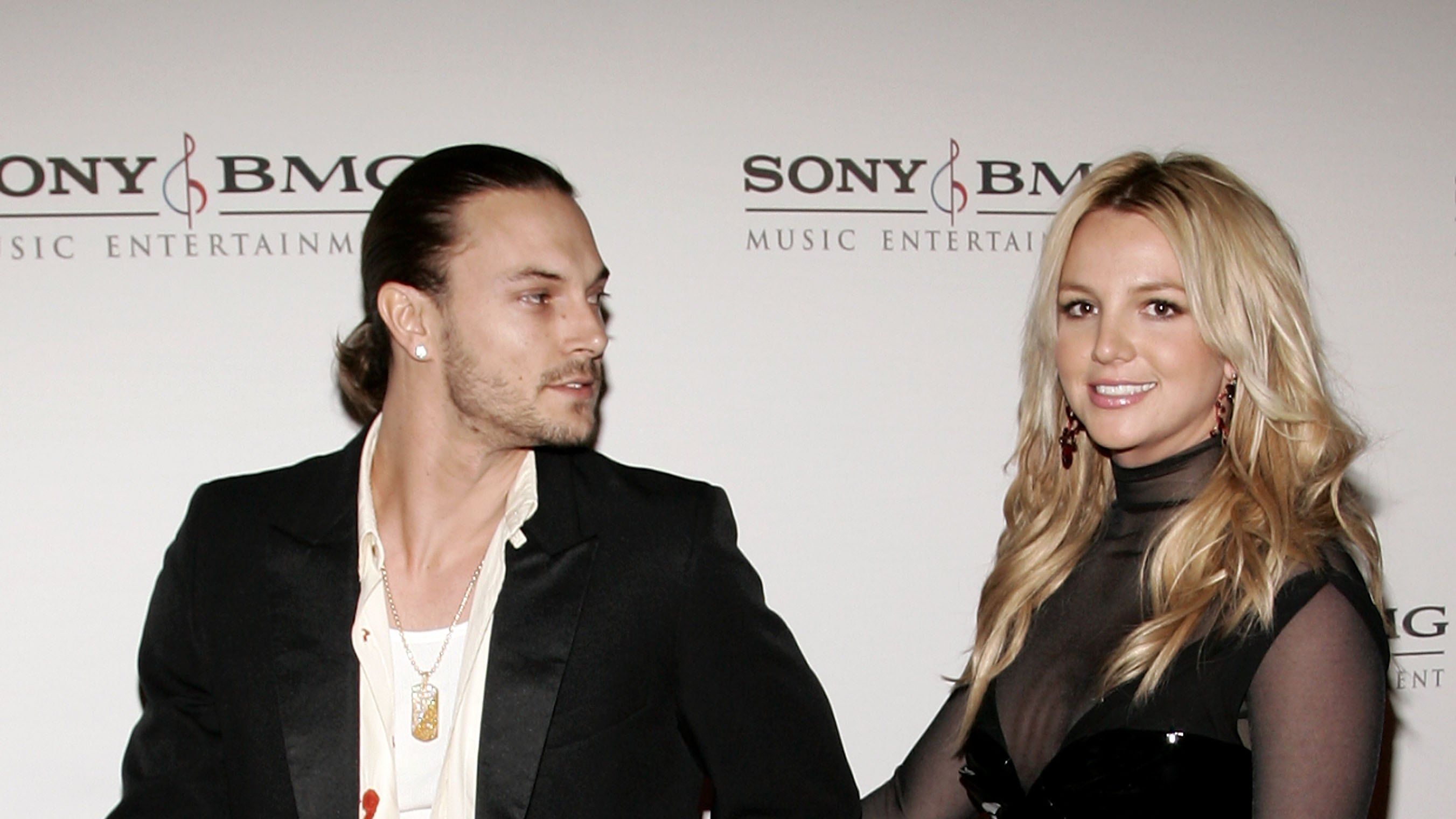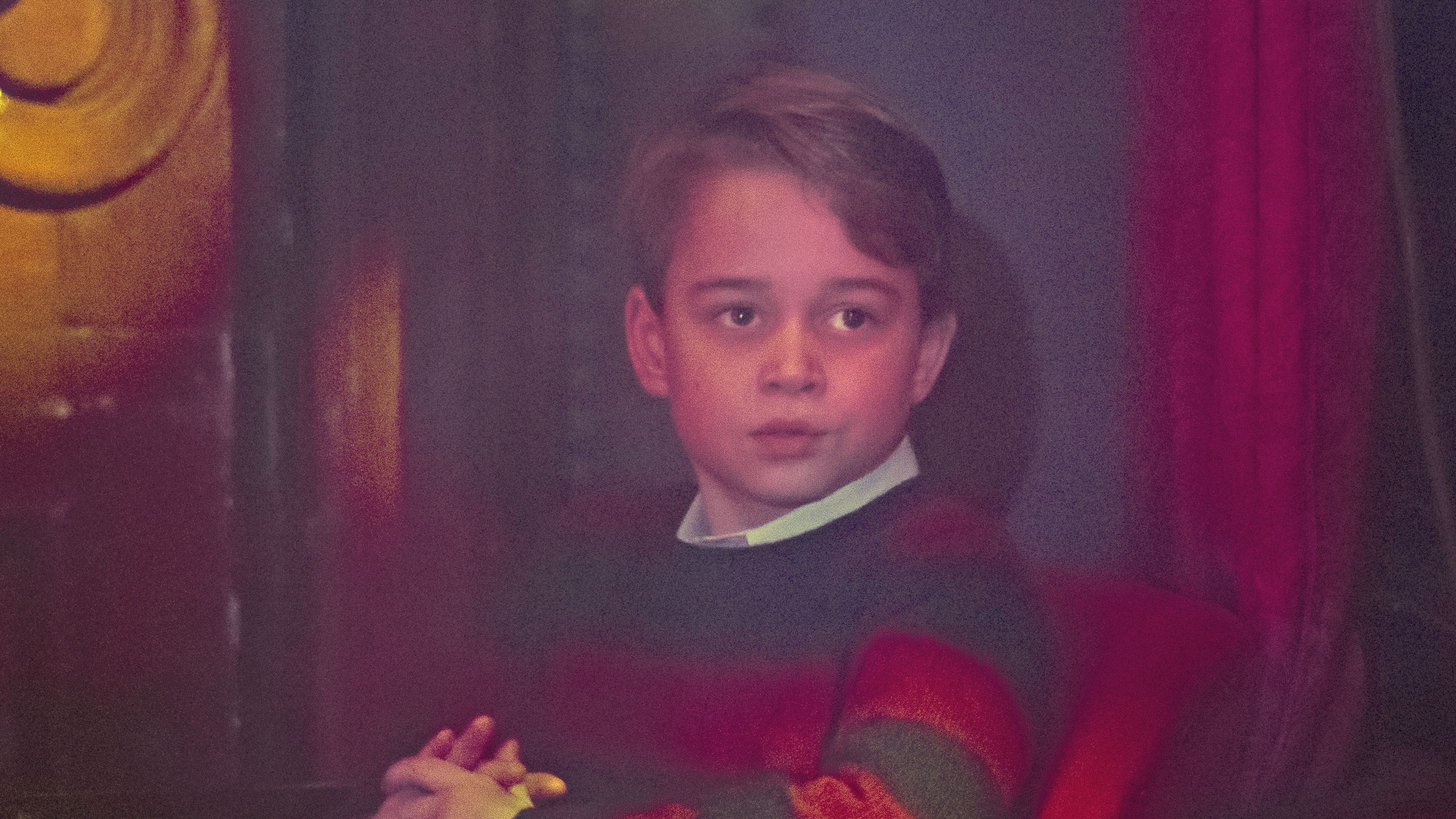Angelina Jolie Opened Up About How Daughter Zahara's Race Impacted Her Post-Surgery Care
Angelina Jolie talked about the way race impacts medical care, citing an example from when her daughter Zahara, who is Black, underwent surgery.

- In a new interview, Angelina Jolie described the way race impacted her daughter, Zahara's, medical care after a recent surgery.
- The 46-year-old actress interviewed Malone Mukwende, the 21-year-old medical student behind Mind the Gap: a handbook of clinical signs on black and brown skin.
- "I have children from different backgrounds, and I know when there was a rash that everybody got, it looked drastically different depending on their skin color. But whenever I looked at medical charts, the reference point was always white skin," Jolie explained during the interview.
Angelina Jolie is opening up about how race issues impacted her daughter, Zahara's, post-surgery care.
In a new article for Time, Jolie interviewed Malone Mukwende, a medical student working to change how the medical field approaches conditions and diseases when it comes to non-white patients. As Jolie notes in the piece, Mukwende, 21, started the project when he realized that "almost all the images and data used in its teaching were based on studies of white patients," a gap in knowledge and treatment that can lead to "misdiagnosis, suffering and even death."
Mukwende's work hits home with Jolie in a very personal way. The 46-year-old actress explains in her piece that she's seen this issue play out firsthand, notably when her 16-year-old daughter Zahara, who is Black, underwent surgery last year.
"I have children from different backgrounds, and I know when there was a rash that everybody got, it looked drastically different depending on their skin color. But whenever I looked at medical charts, the reference point was always white skin," Jolie explained during the interview. "Recently my daughter Zahara, whom I adopted from Ethiopia, had surgery, and afterward a nurse told me to call them if her skin 'turned pink.'"
Mukwende replied that experiences like the one Jolie described are something he "started to notice very early on" and that inspired his work.
"Almost the entirety of medicine is taught in that way," he explained. "There’s a language and a culture that exists in the medical profession, because it’s been done for so many years and because we are still doing it so many years later it doesn’t seem like it’s a problem. However, like you’ve just illustrated, that’s a very problematic statement for some groups of the population because it’s just not going to happen in that way and if you’re unaware you probably won’t call the doctor."
RELATED STORIES


Get exclusive access to fashion and beauty trends, hot-off-the-press celebrity news, and more.
Kayleigh Roberts is a freelance writer and editor with over 10 years of professional experience covering entertainment of all genres, from new movie and TV releases to nostalgia, and celebrity news. Her byline has appeared in Marie Claire, Cosmopolitan, ELLE, Harper’s Bazaar, The Atlantic, Allure, Entertainment Weekly, MTV, Bustle, Refinery29, Girls’ Life Magazine, Just Jared, and Tiger Beat, among other publications. She's a graduate of the Medill School of Journalism at Northwestern University.